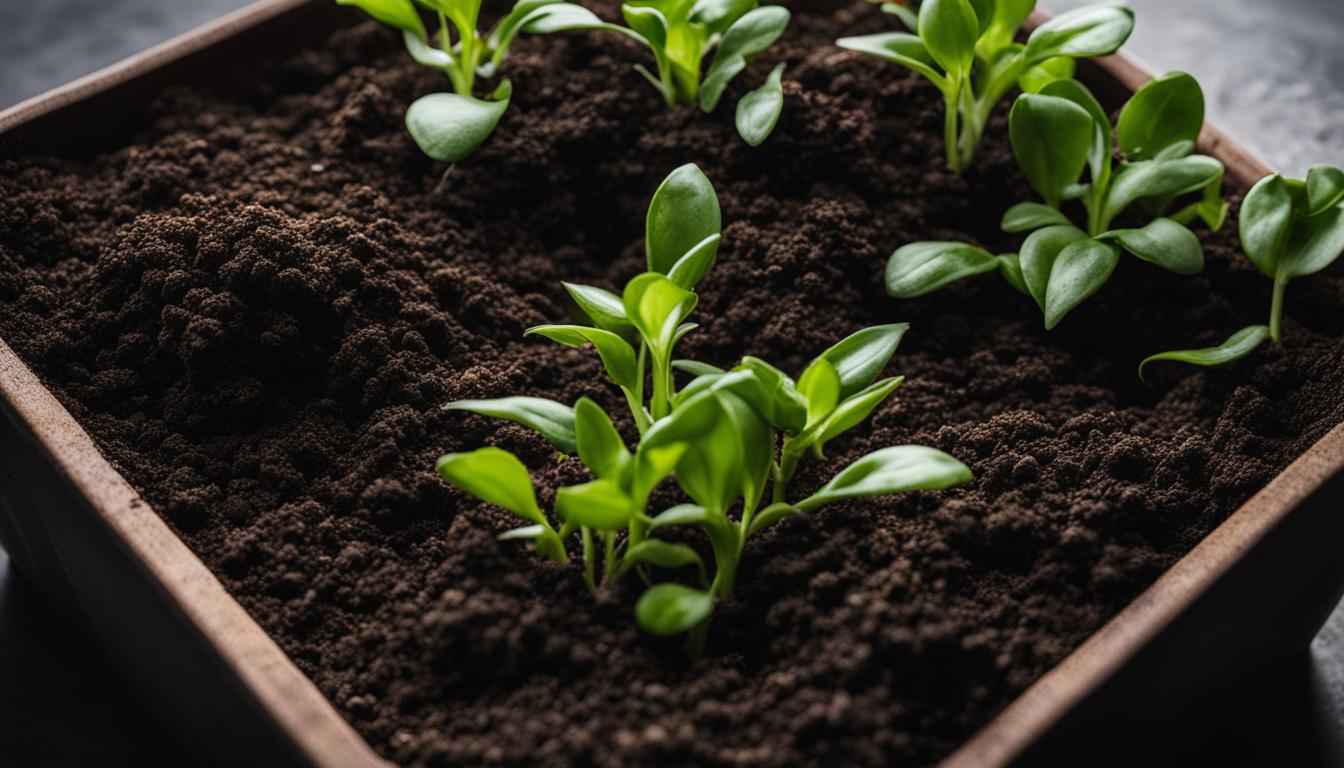
When it comes to indoor gardening, one key element that often gets overlooked is the soil. But did you know that incorporating compost into indoor garden soils can have a huge impact on the health and growth of your plants?
Compost, which is made from organic matter, provides essential nutrients, enriches the soil, and promotes sustainable gardening practices.
By using compost in indoor garden soils, you can create a nutrient-rich environment that supports the growth and well-being of your indoor plants.
Whether you’re a seasoned organic gardener or just starting out, adding compost to your indoor garden is a simple and effective way to boost plant health and achieve beautiful, thriving indoor greenery.
There are various ways to incorporate compost into your indoor plants. You can repot them with a soil compost mix, ensuring the correct soil to compost ratio, or blend the compost down to the roots.
Worm castings can be used as a supplemental soil support to further enhance plant growth and disease resistance.
Composting can be done at home using compost bins or you can purchase compost from garden centers. There are also alternative methods like vermicomposting, which involves using worms to break down organic waste, or countertop composting systems for convenient indoor composting. No matter which method you choose, the benefits of composting in indoor garden soils are undeniable.
Key Takeaways:
- Composting improves soil health and promotes larger, healthier plant growth.
- Indoor plants benefit from a soil compost mix or blending compost down to the roots.
- Worm castings provide additional soil support for indoor plants.
- Composting can be done at home or purchased from garden centers.
- Alternative methods like vermicomposting and countertop composting offer convenient options for indoor composting.
The Benefits of Composting in Indoor Garden Soils
Composting offers a multitude of benefits for indoor garden soils, supporting healthy plant growth and enhancing soil health. The organic matter found in compost improves soil structure, making it lighter and more water-retentive, whether you have clay or sandy soil.
This improved structure fosters a balanced ecosystem and encourages the growth of beneficial organisms, such as earthworms.
In addition to improving soil structure, compost provides essential nutrients to the soil, acting as an organic fertilizer. It helps regulate soil pH, ensuring optimal conditions for plant growth.
Unlike synthetic fertilizers, compost does not harm the soil over time, making it a sustainable choice for indoor gardening. Moreover, composting reduces waste and saves money by repurposing food scraps and yard waste, contributing to a healthier environment.
Not only does composting offer environmental benefits, but it also promotes the overall well-being of indoor plants. By incorporating compost into indoor garden soils, you can rejuvenate the soil, replenish key nutrients, and enhance water retention.
This is particularly beneficial during the winter months when heating systems dry out the air, leaving the soil parched. Whether you choose to repot your indoor plants with a soil compost mix or blend the compost down to the roots, the addition of compost can significantly improve plant growth and minimize the risk of disease.
Incorporating Compost into Indoor Plants
Using compost in indoor plants is a fantastic way to promote soil rejuvenation and prevent diseases. There are a couple of methods to incorporate compost into indoor plants effectively. One method is to repot the plants with a soil compost mix.
This allows the plants to immediately receive the nutrients from the compost, rejuvenating the soil and promoting healthy growth. Repotting also provides an opportunity to check for any signs of disease and take appropriate measures.
Another method is blending the compost into the existing soil. This can be done by gently mixing the compost down to the roots of the plant without compacting the soil. Blending helps replenish essential nutrients in the soil and improve water retention, which is especially beneficial during the dry winter months caused by heating systems.
When incorporating compost, it’s important to remember that compost acts as a soil rejuvenator and disease preventer. It replenishes key nutrients and provides optimal conditions for plant growth. Using worm castings as an extra support for the soil can further enrich indoor plants without posing any risk to animal life.

Benefits of Incorporating Compost into Indoor Plants
- Rejuvenates soil and replenishes nutrients
- Improves water retention and promotes optimal plant growth
- Prevents diseases and enhances plant health
- Safe for the environment and animal life
By incorporating compost into indoor plants, you can create a thriving indoor garden that promotes sustainability and reduces your carbon footprint.
Whether you choose to repot your plants with a soil compost mix or blend the compost into the existing soil, using compost is a valuable practice for indoor gardening success.
Common Misconceptions About Composting
Composting is often misunderstood, leading to common misconceptions that can discourage people from giving it a try. Let’s address some of these misconceptions and set the record straight.
1. Composting is labor-intensive and complicated
Contrary to popular belief, composting doesn’t have to be a complicated or time-consuming process. It can be as easy as collecting food scraps and yard waste in a designated bin or compost pile. With basic knowledge and a little effort, anyone can successfully compost without much hassle.
2. Composting produces unpleasant smells and attracts pests
When managed correctly, composting should not produce any unpleasant odors. Proper aeration and moisture management help prevent any foul smells. Maintaining a balanced carbon-to-nitrogen ratio and avoiding certain materials, such as meat or dairy products, can prevent attracting pests.
Composting can be done in small spaces, and there are even specially designed indoor composting systems available for those with limited outdoor space.
3. Composting harms the environment
Some people believe that composting contributes to the release of carbon dioxide and therefore has a negative impact on the environment. But, composting actually helps reduce greenhouse gas emissions by diverting organic waste from landfills, where it would produce methane – a potent greenhouse gas.
By composting, we can contribute to a healthier planet by reducing our carbon footprint and mitigating climate change.
By debunking these misconceptions, we hope to encourage more people to embrace composting as a sustainable practice. Composting is a simple and effective way to reduce waste, enrich the soil, and promote a healthier environment.
Whether you have a small apartment or a large garden, composting is accessible to everyone and can make a positive impact on our planet.
Using Compost on Indoor House Plants
Using compost on indoor house plants provides a range of benefits that support their overall health and growth. Compost acts as a natural fertilizer, enriching the soil with essential nutrients and creating a nutrient-rich environment for plants to thrive.
It rejuvenates tired or depleted soil, replenishing vital organic matter and improving soil structure. This helps retain moisture, promoting optimal plant growth and reducing the risk of soil compaction. Applying compost to indoor plants is a simple and effective way to maintain healthy, vibrant foliage.
Compost also plays a crucial role in disease prevention for indoor plants. It supports the growth of beneficial microorganisms and helps maintain a balanced ecosystem in the soil.
This, in turn, increases the plants’ ability to resist diseases and pests. By incorporating compost into the soil, you create a favorable environment that strengthens the overall health and resilience of your indoor plants.
When using compost on indoor house plants, it is important to apply it correctly to avoid any negative effects. To ensure proper application, mix the compost into the top layer of the soil, being careful not to place it too close to the roots.
This allows the compost to gradually release its nutrients and contribute to long-term soil health without overwhelming the plants. It’s also important to monitor the moisture levels in the soil and adjust watering accordingly, as compost helps retain moisture in the potting mix. By using compost on indoor house plants, you can create a thriving and sustainable indoor garden.
| Benefits of Compost for Indoor Plants |
|---|
| – Enriches soil with essential nutrients |
| – Rejuvenates tired or depleted soil |
| – Improves soil structure and moisture retention |
| – Supports disease prevention and plant resilience |
Where to Get Compost for Indoor Plants
When it comes to obtaining compost for your indoor plants, you have several options to choose from. Whether you prefer purchasing compost, making it yourself, or utilizing specific composting methods, there’s a solution that fits your needs. Let’s explore the different ways you can acquire compost and nourish your indoor garden.
If convenience is your priority, purchasing compost from local garden centers or hardware stores is a straightforward option. Keep in mind that buying compost can be more expensive in the long run. Additionally, the compost quality may vary, so it’s essential to ensure you’re getting a nutrient-rich product.
For those looking to be more hands-on, making your own compost is a cost-effective and environmentally friendly approach. Outdoor composting involves creating a composting pile and regularly turning it to facilitate decomposition.
This method is ideal for those with ample outdoor space and a willingness to engage in a more active composting process.
Alternatively, if you have limited space or prefer an indoor solution, you can opt for indoor composting bins or vermicomposting. Indoor composting bins allow you to compost your kitchen scraps and other organic waste without relying on an outdoor pile.
Vermicomposting, on the other hand, involves using worms to break down organic waste, producing nutrient-rich compost.
Countertop composting systems like Lomi offer another convenient and efficient option. These systems utilize innovative technology to quickly transform food scraps into compost, providing you with nutrient-rich soil amendments within hours.
This method is perfect for busy individuals or those with limited space, as it eliminates the need for outdoor composting or maintaining an indoor bin.
Where to Get Compost for Indoor Plants – Comparison Table
| Method | Advantages | Considerations |
|---|---|---|
| Purchasing compost | – Convenient and readily available – Saves time and effort | – Can be more expensive – Quality may vary |
| Making compost | – Cost-effective – Environmentally friendly | – Requires outdoor space – Active composting process |
| Indoor composting bins | – Suitable for limited space – Convenient for apartment dwellers | – Requires regular maintenance – Longer composting process |
| Vermicomposting | – Efficient decomposition process – Produces high-quality compost | – Requires proper worm care – Initial setup and investment |
| Countertop composting systems | – Quick and efficient composting – No need for outdoor space | – Initial investment – Reliance on technology |
By exploring these options and considering your specific circumstances, you can find the most suitable method for obtaining compost for your indoor plants.
Whether you choose to purchase compost, make it yourself, or utilize indoor composting methods, incorporating compost into your indoor garden will provide numerous benefits for your plants and contribute to a healthier and more sustainable gardening practice.

Conclusion – Embracing Compost Uses in Indoor Garden Soils
As an avid indoor gardener, I have witnessed firsthand the incredible benefits of incorporating compost into my indoor garden soils. Not only does it enhance the health of the soil, but it also promotes the growth of my indoor plants, making them larger and healthier than ever before.
By embracing composting in our indoor gardens, we are not only creating nutrient-rich soil, but also contributing to sustainable practices and a healthier planet.
Composting is a simple yet powerful way to reduce waste and repurpose organic materials. Instead of sending food scraps and yard waste to landfills, we can transform them into valuable compost that nourishes our indoor plants.
By doing so, we not only enrich the soil but also reduce our carbon footprint and help mitigate climate change.
Embracing composting also allows us to take control of our indoor garden’s health. By adding compost to our indoor plants, we can rejuvenate the soil, provide essential nutrients, and improve water retention.
This leads to healthier and more vibrant plants that are less prone to disease and pests. Composting is not only beneficial for our plants but also for us, as it brings the joy and satisfaction of growing our own food and creating a sustainable ecosystem in our indoor spaces.
So let’s embrace composting in our indoor gardens and reap the numerous benefits it offers. Whether we choose to purchase compost, make it ourselves, or utilize indoor composting methods like vermicomposting or countertop composting, incorporating compost into our indoor garden soils is a valuable step towards sustainable and thriving indoor plant cultivation.
Together, we can make a difference and contribute to a healthier planet, one indoor garden at a time.
After reading this, check out our other articles on:
- Mastering the Art of Adjusting Soil pH with Garden Lime
- Peat Moss for Soil Aeration: Enhance Your Garden Today!
FAQ
What are the benefits of using compost in indoor garden soils?
Compost improves soil health, promotes plant growth, and increases nutrient retention and water retention.
How can I incorporate compost into indoor plants?
You can repot your plants with a soil compost mix or blend the compost into the existing soil.
Are there any misconceptions about composting?
Yes, some common misconceptions include it being labor-intensive, causing unpleasant smells, and harming the environment.
How does composting benefit indoor house plants?
Compost provides essential nutrients, rejuvenates soil, and improves water retention, promoting healthier indoor plants.
Where can I get compost for indoor plants?
You can purchase compost from garden centers or hardware stores, make it at home using compost bins or outdoor piles, or utilize indoor composting methods like vermicomposting or countertop composting.
Why should I embrace composting in indoor garden soils?
Embracing composting contributes to sustainable gardening practices, reduces waste, and helps create a healthier planet.


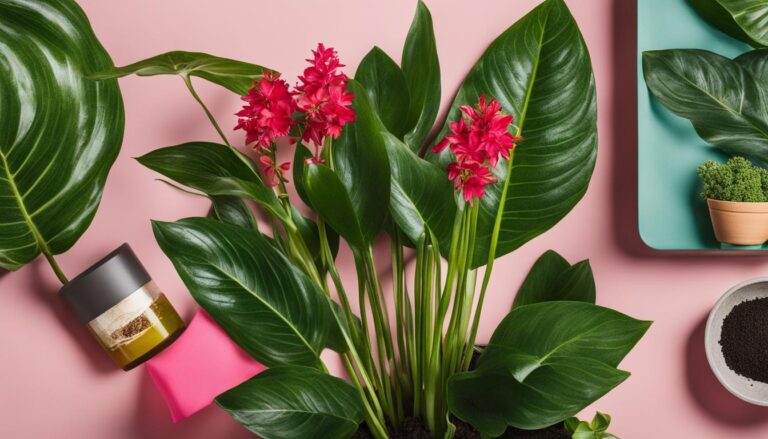
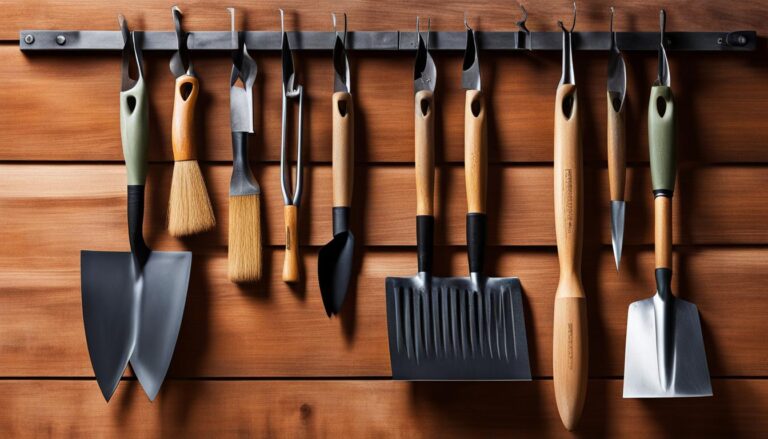
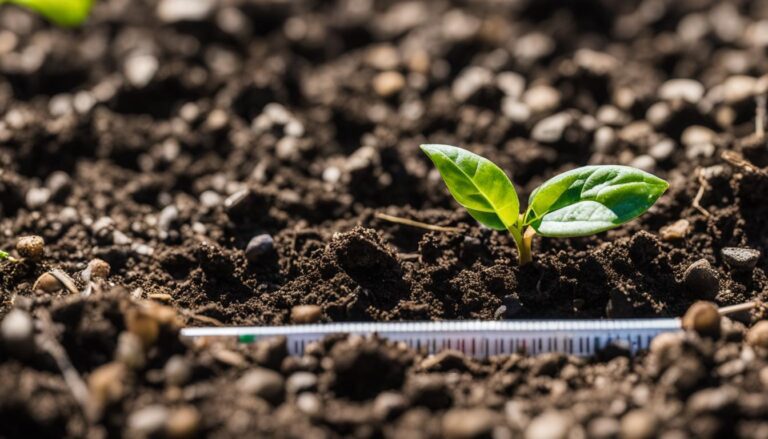
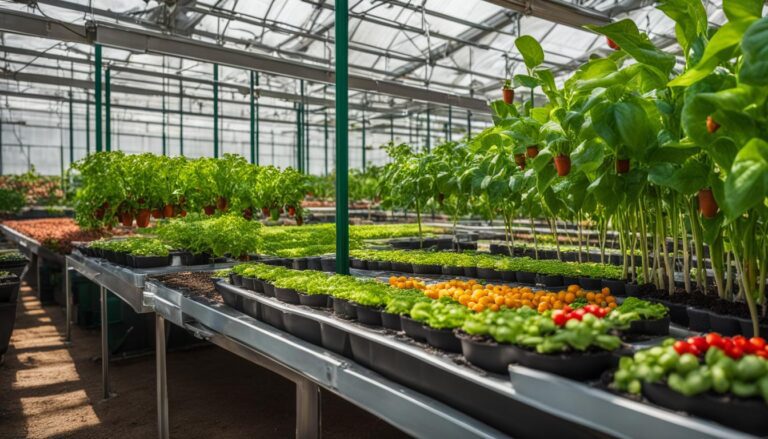

4 Comments
Comments are closed.